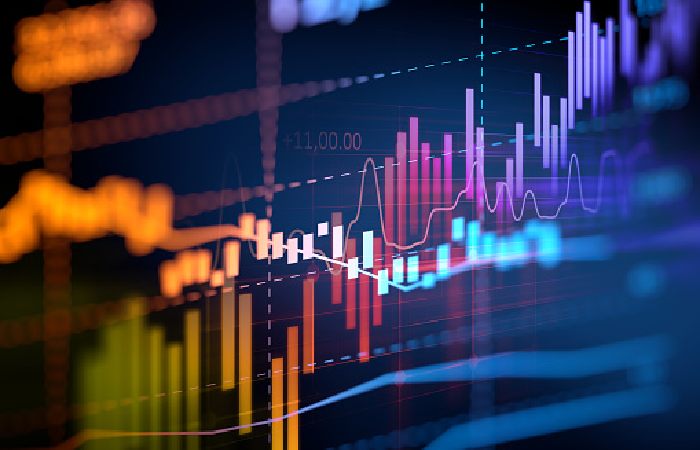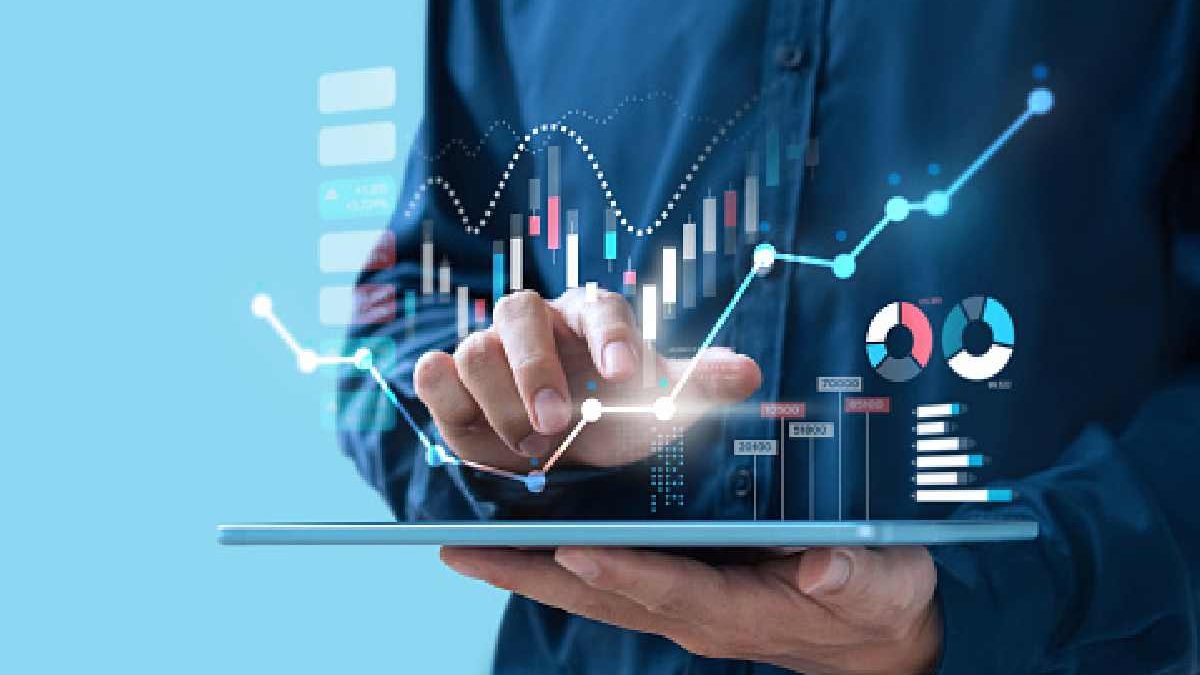Table of Contents
Information
Data and Analytics. These statistics and analytical trends can help organizations and societies deal with disruptive change, radical uncertainty, and future opportunities.
The transition from big to small and large data is one of Gartner’s top data and analytics trends for 2021. These trends represent business, market, and technology dynamics that data and analytics leaders cannot give to ignore.
“These data and analytical trends can help organizations and societies deal with disruptive change, fundamental uncertainty, and the occasions that lie ahead for them over the next three years,” said Rita Salam, Distinguished VP Analyst, Gartner. Says. “Data and analytics leaders must actively examine leveraging these trends in mission-critical investments that accelerate their ability to accelerate, transform, and respond.”

Each of the trends fits under one of these three main themes:
- Rapid changes in data and analytics: leveraging innovation in AI, better composability, and more efficient and efficient integration of more different data sources.
- Enabling business value through more efficient XOps: Enables better decision-making and making data and analytics an integral part of the business.
- Divided Everything: A flexible relationship of data and insights is needed to empower an even wider audience of people and objects.
Trend No 1: Smart, more responsive, scalable AI
Smart, more responsive, scalable AI will enable better learning algorithms, interpretable systems, and less time for value. Organizations will need a lot more from AI systems, and they will need to know how to scale technologies – which has been inspiring so far.
Although traditional AI techniques can rely deeply on historical data, given how COVID-19 has changed the business landscape, historical data may no slower be relevant. This funds that AI technology must be able to work with fewer data through “small data” techniques and adaptive machine learning. In addition, these AI systems must minimize bias to protect privacy, comply with federal regulations and support ethical AI.
Trend No. 2: Composable data and analytics
Composable Data and Analytics aim to use the components of many data, analytics, and AI answers for a supple, user-friendly, and usable experience that will enable leaders to integrate data insights into business operations. Gartner’s client inquiries show that most large organizations have more than one “enterprise standard” analytics and business intelligence tool.
Creating new applications from each packaged business capability boosts productivity and agility. In addition, composable data and analytics will encourage collaboration, develop the organization’s analytical capabilities, and increase access to analytics.
Trend No. 3: Data Fabric as a Basis
As data becomes ever more complex and digital business accelerates, data fabric is an architecture that will support compose able data and analytics and its various works.
Data Fabric integration reduces design time by 30%, deployment by 30%, and maintenance by 70% as technology designs attract the ability to use/reuse and combine different data integration styles. ۔ In addition, Data Fabrics can take advantage of existing skills and technologies from Data Hub, Data Lex, and Data Warehouses while also introducing new methods and tools for the future.
Trend No 4: From large to small and large data
Small and large data, in contrast to big data, solves many problems for organizations dealing with increasingly complex questions on AI and the challenges of using scarce data. Extensive data – leveraging the “X Analytics” technique – enables analysis and synchronization of a variety of small and diverse (broad), unstructured, and structured data sources to enhance contextual awareness and decision-making Coins. As the name suggests, small data can use models that require less data but still offer helpful insights.
Trend No. 5: XOps
Xps (Data, Machine Learning, Models, Platforms) aims to achieve utility and scale economies using DevOps best practices – and reliability while minimizing technology and process duplication and enabling automation. , To ensure reuse and reuse.
And also, these technologies will enable prototype measurements and provide a flexible design and dynamic orchestration of decision-making systems. As a result, Xps will allow organizations to run data and analytics to increase business value.
Trend No. 6: Engineered decision-making intelligence
Decisive intelligence is a discipline that covers a wide range of decision-making, including traditional analytics, AI, and complex adaptive system applications. Engineering decision-making intelligence applies not only to individual decisions but also to the decision-making process, their application to business processes, and even emerging decision-making networks.
So, this enables organizations to gain the insights needed to move businesses forward quickly. When combined with composability and standard data fabric, engineered decision intelligence opens up new opportunities to rethink or re-engineer how organizations improve decisions and make them more accurate and reproducible. And make them recognizable.
Trend No 7: Data and analytics as core business functions
However, business leaders are beginning to know the position of using data and analytics to increase speed digital business initiatives. Instead of being a secondary focus, completed by a separate team, data and analytics is becoming a core function. Yet business leaders often underestimate the complexity of data and miss out on opportunities. If CDOs are involved in setting goals and strategies, they can consistently increase business value by a factor of 2.6X.
Trend No 8: The graph is about everything.
However, the graph forms the basis of current data and analytics with the capabilities of increasing and improving. And also, user collaboration, machine learning models, and descriptive AI. Although graph technologies are not fresh to data and analytics, their thinking has changed. as organizations point to a growing number of usage issues. More than 50% of Gartner clients’ discussions on AI discuss the use of graph technology.
Trend No. 9: Increased customer growth
Therefore, traditionally, business users have been limited to default dashboards and manual data exploration. Often, this meant that data and analytics. Dashboards were limited to data analysts or citizen data scientists looking for predefined questions.
However, Gartner believes that these dashboards will be replaced in the future by automated, interactive, mobile, and dynamically. Generated insights that will be customized to the user’s needs and Will reach the point of use. It transfers understanding from a handful of statisticians to anyone in the organization.
Trend No 10: Edge Data and Analytics
As more data analytics technologies move beyond traditional data centers and cloud environments, they move closer to physical assets. This reduces or eliminates delays for data-centric solutions and enables more real-time values.
Therefore, moving data and analytics to the edge will open up opportunities for data teams to scale capabilities and impact different parts of the business. It can also provide solutions to situations where data cannot be removed from specific geographies for legal or regulatory reasons.
Related Searches
google trends
what is a search analytics
Search analytics tools
google keyword planner
Business console
Google search console
most searched on google today
how to use google trends
affiliate marketing statistics
search engine marketing
search engine optimization
Conclusion
And also, as more and more data is generated and collected. Or, scalable data analysis requires scalable, flexible, and high-performance tools to provide insights on time. However, organizations face a growing data ecosystem where new tools emerge and become obsolete quickly.

